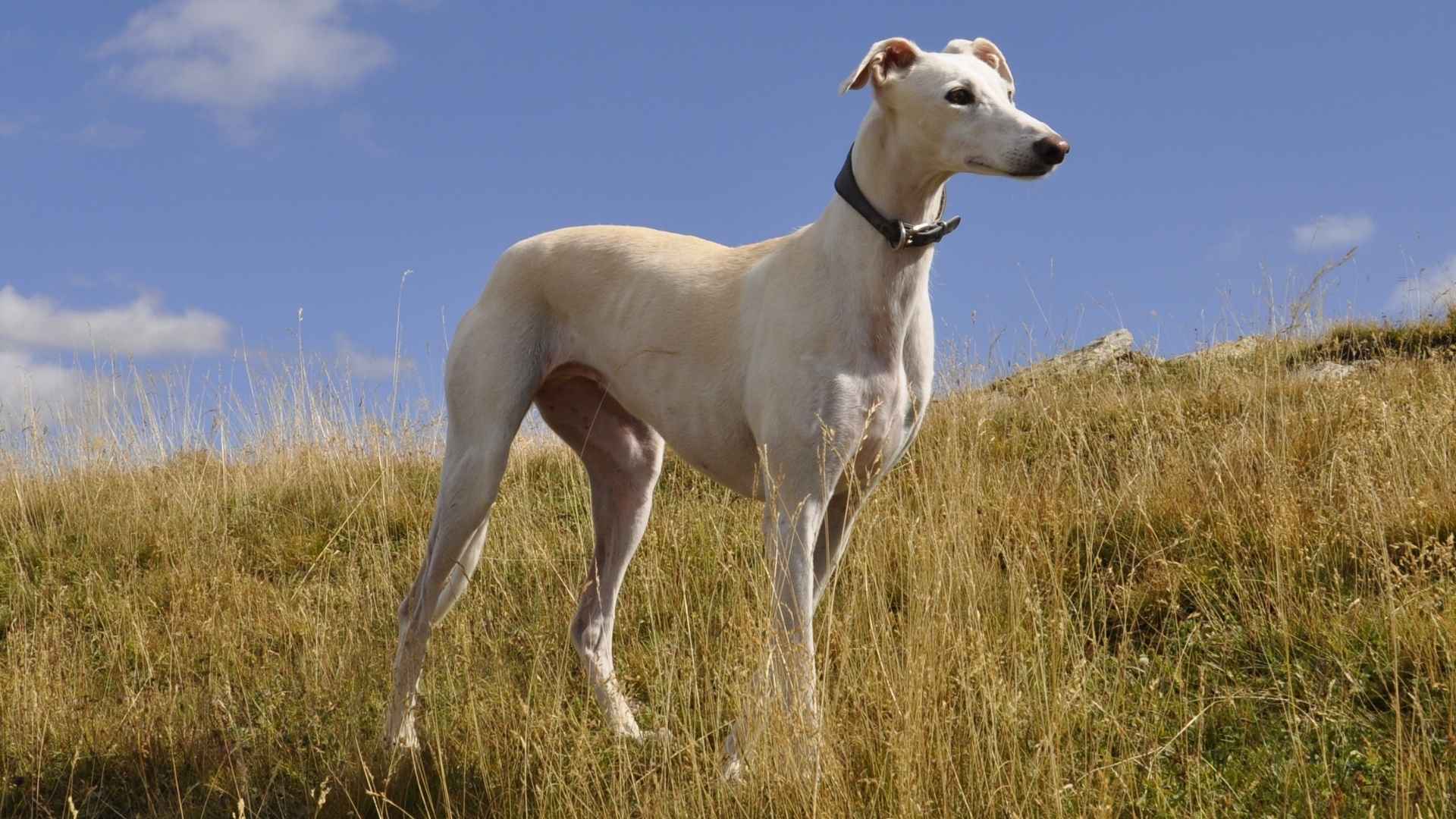Big dogs, big love—small price tag? Yes, it’s possible! If you’ve ever dreamed of having a gentle giant by your side but feared the costs of feeding, healthcare, or upkeep, you’re not alone.
The truth is, not all large breeds come with a hefty price tag or a short lifespan. In fact, some budget-friendly big dogs live longer than you’d expect, offering years of loyalty, cuddles, and companionship without draining your savings account.
Whether you’re a first-time dog parent or a seasoned canine lover on a budget, there are large breeds that prove you can think big without spending big. These longest living dog breeds are known for their resilience, low maintenance, and heartwarming personalities, making them perfect family pets or adventure partners.
Here, we’re digging into the world of the least expensive dog breeds with long lifespans, so you can find a pup that fits your lifestyle, wallet, and heart. From adoption-friendly favorites to low-maintenance legends, you’ll meet the dogs that give you more bark for your buck—and stay around to share life’s biggest moments.
Cheap Large Dog Breeds With Long Lifespans
1. Plott Hound
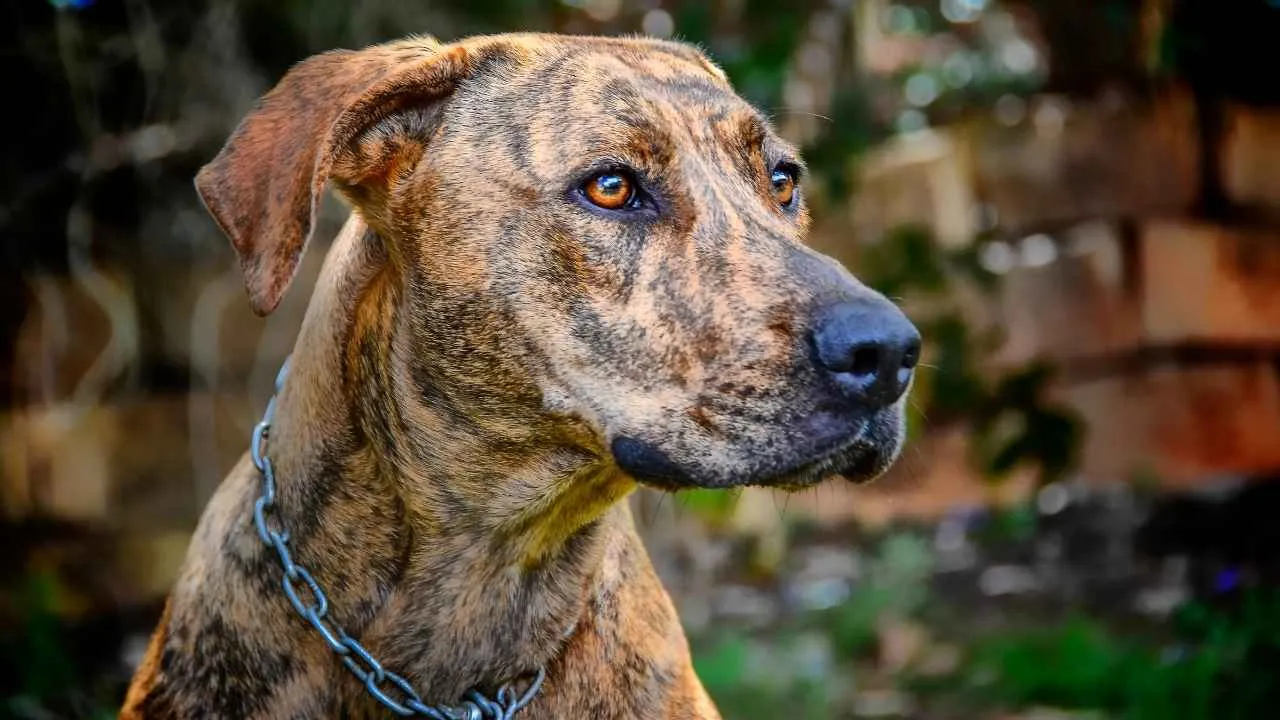
If you’ve never heard of the Plott Hound, don’t worry—you’re not alone. But trust us, this underdog (pun fully intended) is worth your attention. Not only is it the official state dog of North Carolina (yes, that’s a thing), but it’s also a rugged, no-nonsense breed that blends brains, bravery, and budget-friendliness into one long-eared package.
Let’s start with the obvious: the Plott Hound is big—but not in a knock-over-your-lamp kind of way. More like a “let’s go hiking for 10 miles and then chase squirrels for another five” kind of big.
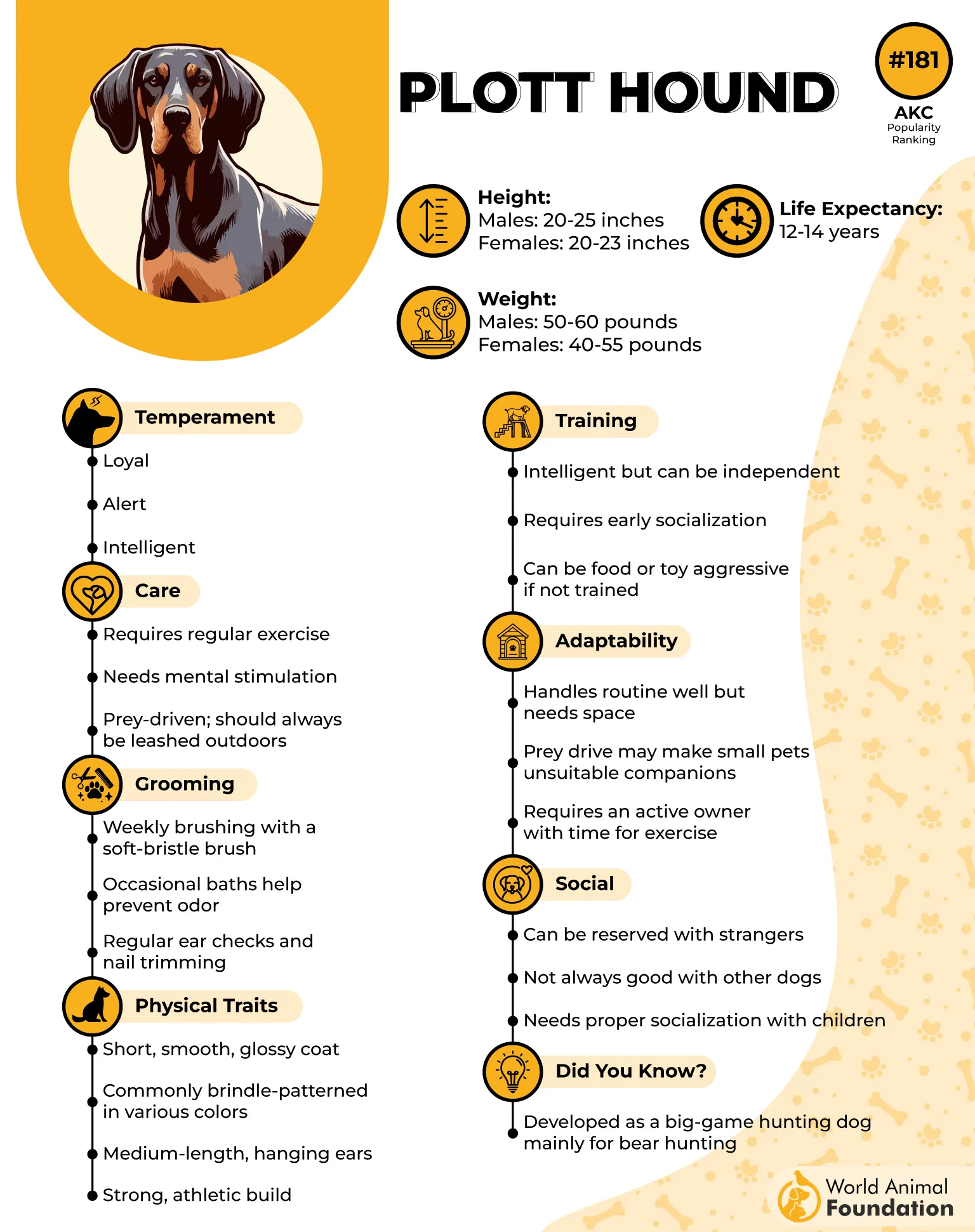
These dogs were originally bred for hunting bears and wild boar, which means they’ve got grit. But at home? They’re sweet, soulful, and surprisingly chill… until the mailman shows up.
Plott Hounds are incredibly affordable compared to many large breeds. But cheap doesn’t mean low quality here. You’re getting a loyal, athletic companion with an average lifespan of 12–14 years, which is pretty impressive for a larger dog. That’s over a decade of droopy ears and tail-wagging goodness.
Think of a Plott Hound as the blue-collar hero of the dog world—hardworking, loyal, a little goofy, and always up for an adventure. They’re not divas; they’re doers. And if you like hiking, camping, or just having a buddy who looks like they belong in a country song, this is your dog.
Fun Fact: Plott Hounds are vocal, and we don’t mean a polite bark here and there. We’re talking about a full-on, opera-level, baying-howl. Some people find it charming. Others… invest in earplugs. Either way, it adds character.
2. Redbone Coonhound
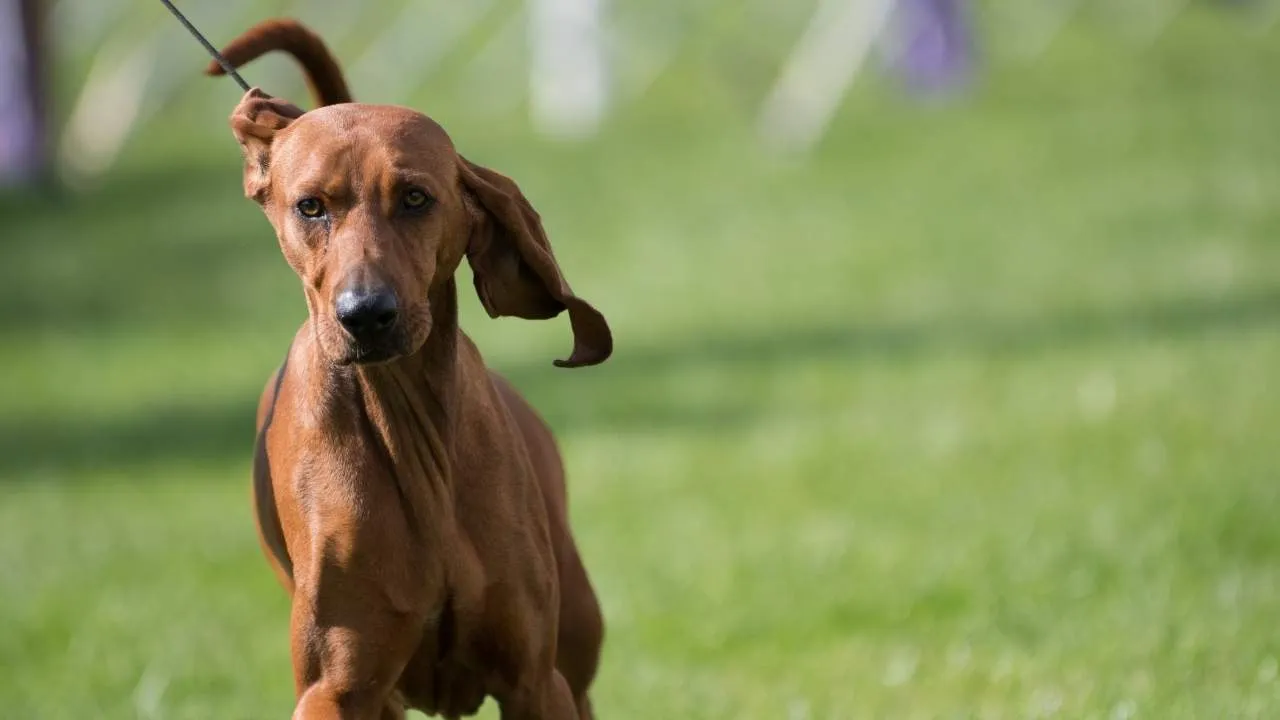
If the Plott Hound is the blue-collar hero, the Redbone Coonhound is the charming Southern heartthrob—equal parts sweet talker and squirrel chaser.
With their deep red coat, soulful eyes, and big ol’ floppy ears, these hunting dogs are basically the canine version of a country love song. You know, the kind that makes you want to sit on a porch swing with a glass of sweet tea and your dog by your side.
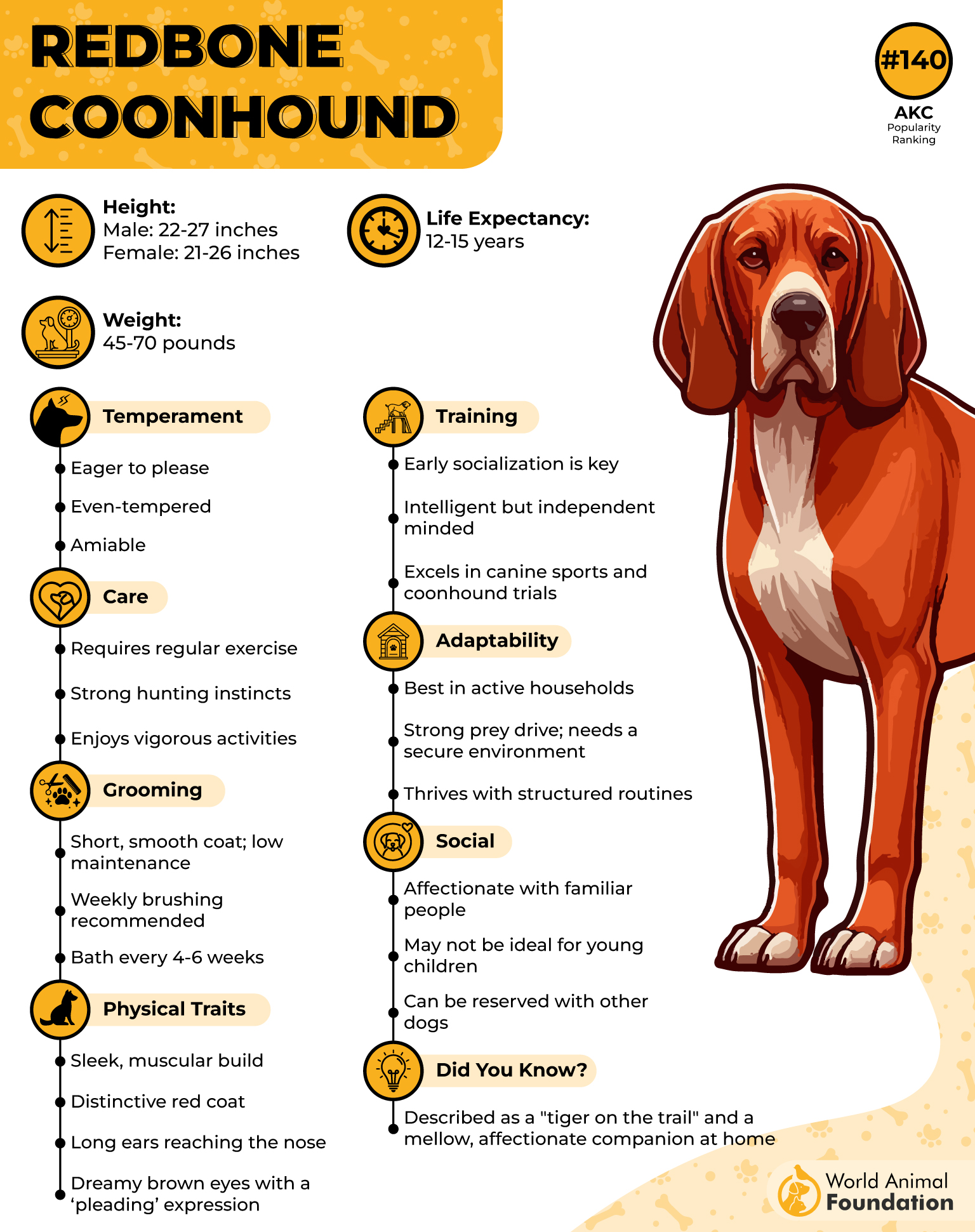
These hounds were bred for tracking raccoons (hence the name), but don’t let their working roots fool you—they’re total softies at home. They’ll curl up on the couch like they’re half their size and give you the kind of side-eye that says, “Yes, I’m sleeping on your favorite pillow. Deal with it.”
This breed is friendly, confident, and often described as “easygoing with a dash of mischief.” They’re great with families, do well with other dogs, and if properly trained, they won’t redecorate your backyard with freshly dug craters.
Prices vary by region, but Redbone Coonhounds are generally in the $300–$800 range, and you can often find them through rescues for even less. Combine that with a life expectancy of 12–15 years, and you’ve got a lifetime of love and slobbery kisses on the cheap.
Pro Tip: These dogs howl like they’re auditioning for a role in a werewolf movie—so maybe don’t adopt one if your neighbor already hates you for mowing the lawn too early.
3. Labrador Retriever
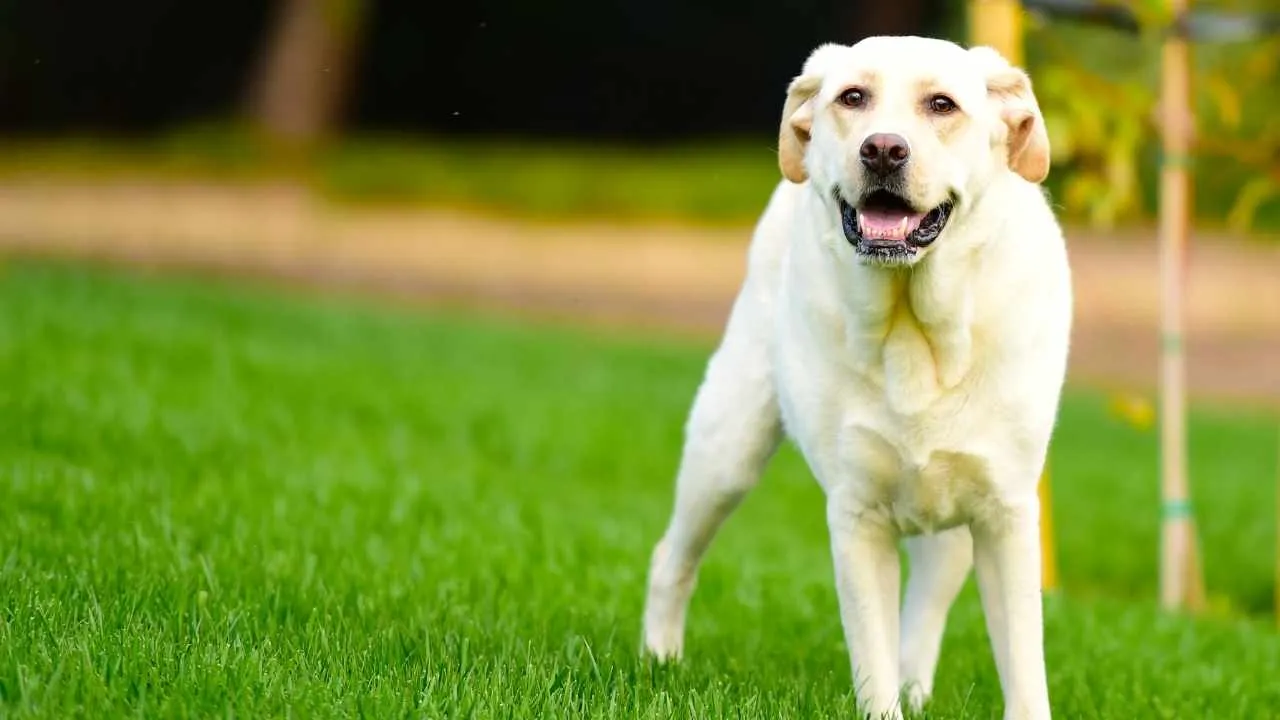
Okay, we know what you’re thinking. “Labradors? Everyone has a Lab.” And yes, that’s because these purebred dogs are basically the Swiss Army knife of dog breeds—good with kids, great swimmers, loyal to a fault, and just the right amount of goofy.
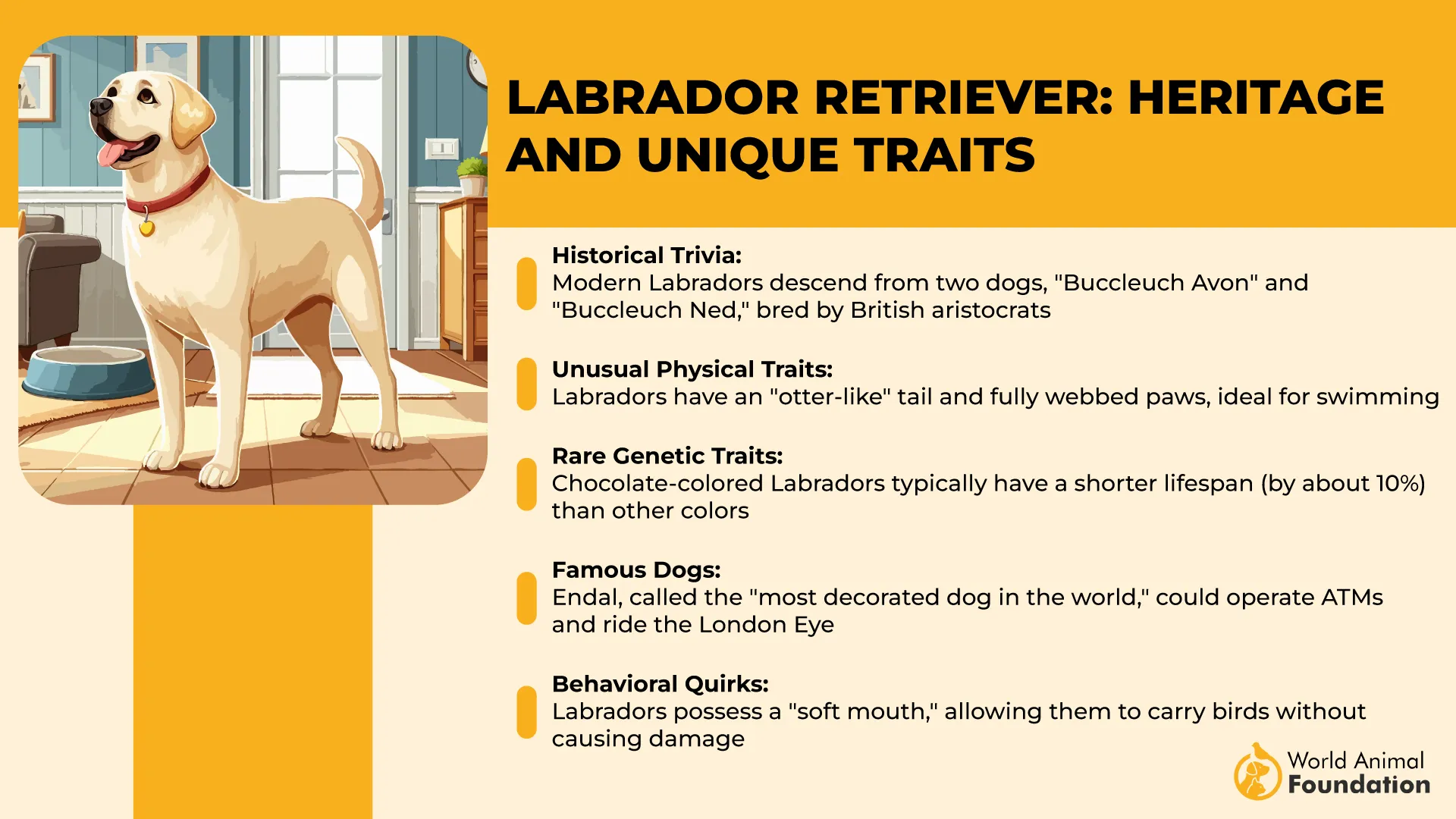
Labradors are people pleasers. They want to sit on your lap, even if they weigh 80 pounds. They want to play fetch until you’re tired. They want to chase the sprinkler, lick the baby, and cuddle with the cat (whether the cat likes it or not).
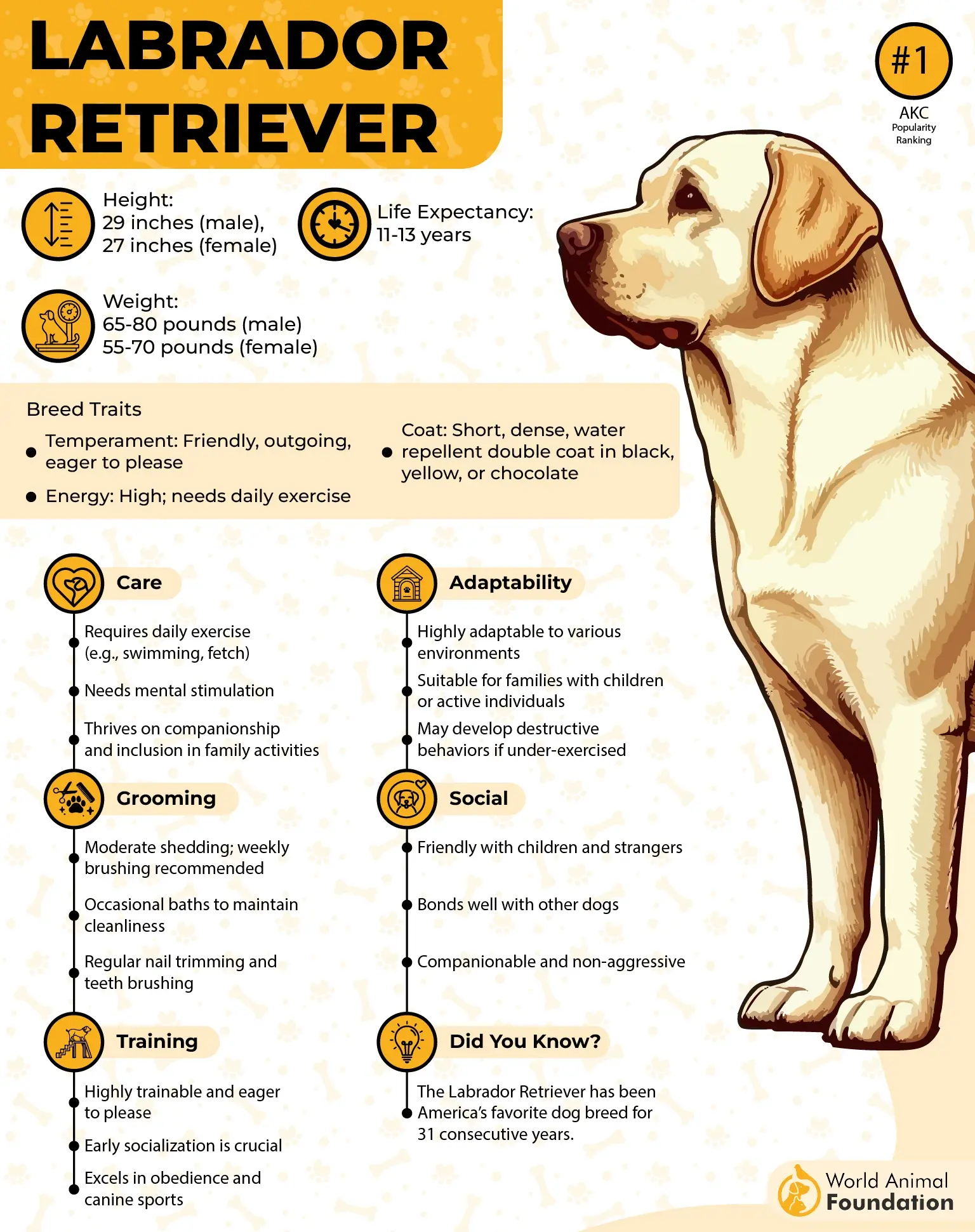
According to Purina, Labs are high-energy bundles of fur and joy. If you leave them home alone without toys, training, or walks… they will eat your couch. Or your favorite shoes. Or your entire tax return. But with the right structure and daily exercise, they’ll be the most loyal sidekick you could ever ask for.
While some pedigree Labs with championship bloodlines can cost more than a used car, many families find Labs from reputable breeders or rescues for under $1,000. And considering they often live 12–14 years with few health risks, that’s a pretty good return on investment, especially when they start bringing you your slippers.
Labs have “soft mouths,” which means they were bred to carry birds gently. Today, it translates into some weird habits, like carrying socks around the house like prized trophies. No chewing. Just… sock delivery service.
4. American Foxhound
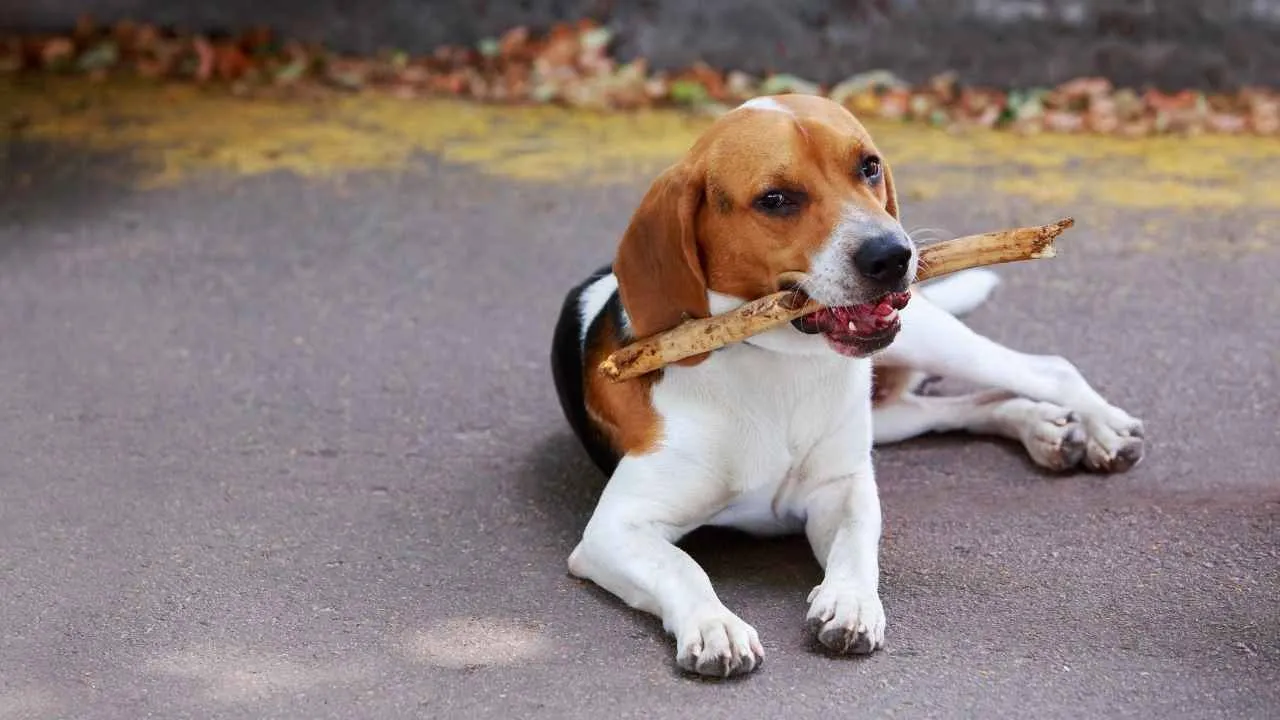
Looking for a pup with the heart of a sprinter and the soul of a rebel? Meet the American Foxhound—a dog that looks like a Beagle stretched out in Photoshop and runs like it’s being chased by destiny.
These hounds were bred to chase foxes across fields at warp speed. So yeah, they’ve got a one-track mind, and that track usually smells like rabbit. Or squirrel. Or that sandwich you left on the kitchen counter two hours ago.
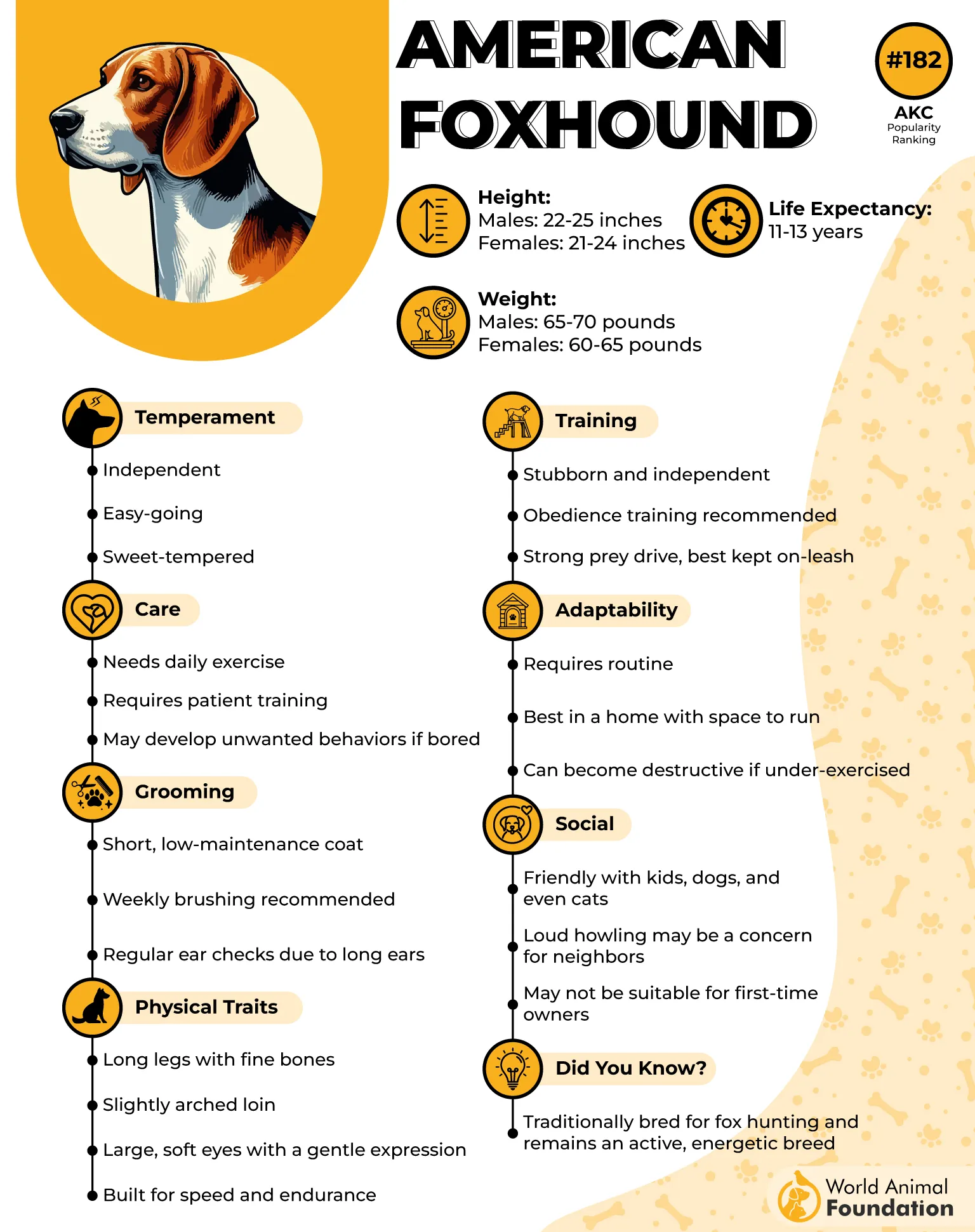
The American Foxhound is a gentle, loving, sweet-natured friend—but also fiercely independent and stubborn. If you’re looking for a dog that lives to please, this ain’t it. Foxhounds live to pursue. Their motto? “I love you, but I smell something more interesting over there.”
With an average cost of around $475, they’re one of the most affordable large breeds out there. And they typically live 11–13 years, which gives you plenty of time to train them to maybe come back when you call them.
They don’t bark—they “bawl.” Think baying like a foghorn with feelings. Some people find it musical and majestic. Others… file noise complaints, according to AKC. If you live in an apartment, maybe just admire Foxhounds from afar.
5. Dalmatian
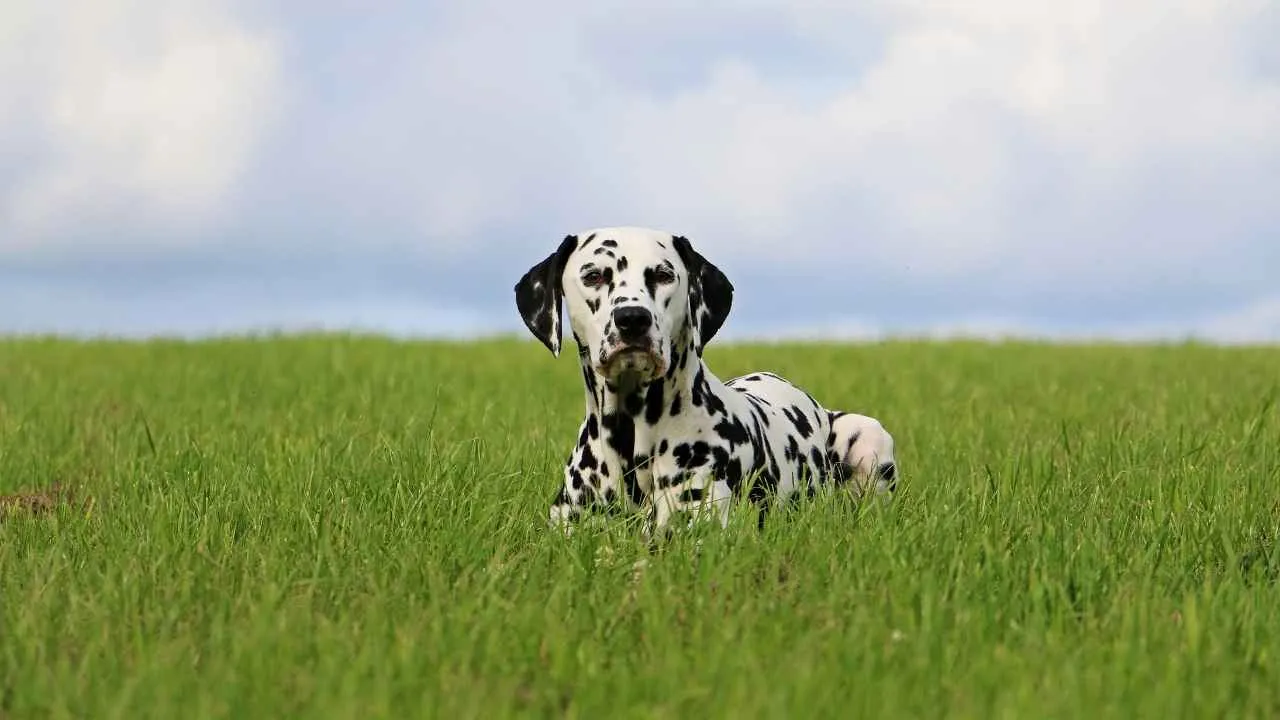
Let’s be honest—Dalmatians are straight-up iconic. Thanks to a certain Disney movie, they’re forever associated with drama, flair, and the occasional evil fashion designer.
But beyond the spots lies a surprisingly smart, athletic, and occasionally derpy companion with a grin that could melt steel. That’s right—the “Dalmatian smile” is real.
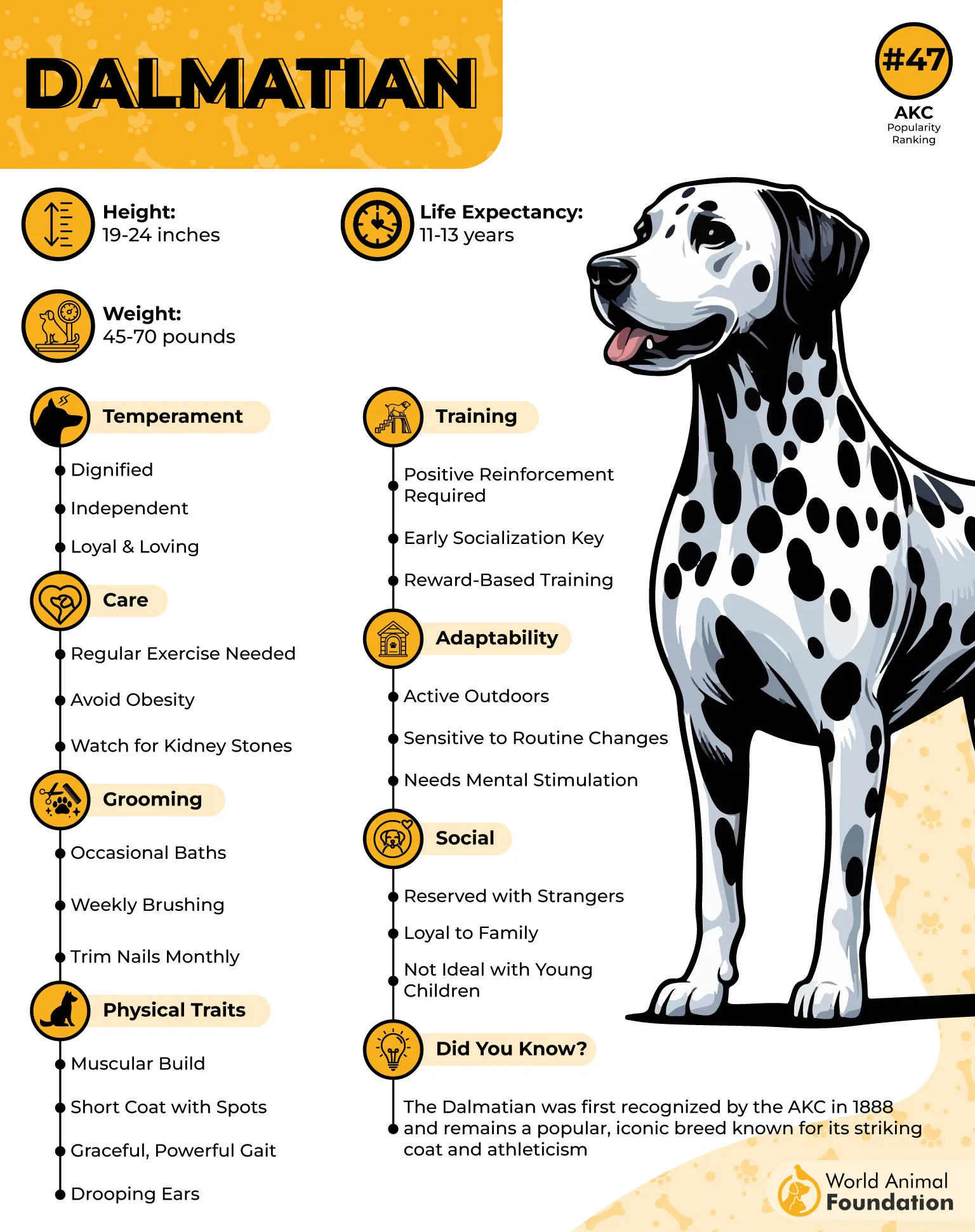
When these spotted wonders curl their lips and show their teeth, it’s not aggression—it’s excitement, affection, or their attempt at saying “You’re the best human ever!” (Or possibly: “Please drop that sandwich.”)
Bored Dalmatians have been known to remodel living rooms (read: chew things they shouldn’t). With a lifespan of 11–13 years, they’re a solid investment—if you’re ready for the adventure.
Petplan noted these beauties come with a few medical asterisks. Kidney stones and deafness are two big ones. About 10–12% of Dalmatian puppies are born completely deaf, and many more are deaf in one ear.
A responsible breeder should provide BAER hearing test results and health clearances—don’t skip that step unless you’re into very expensive surprises.
6. Greyhound
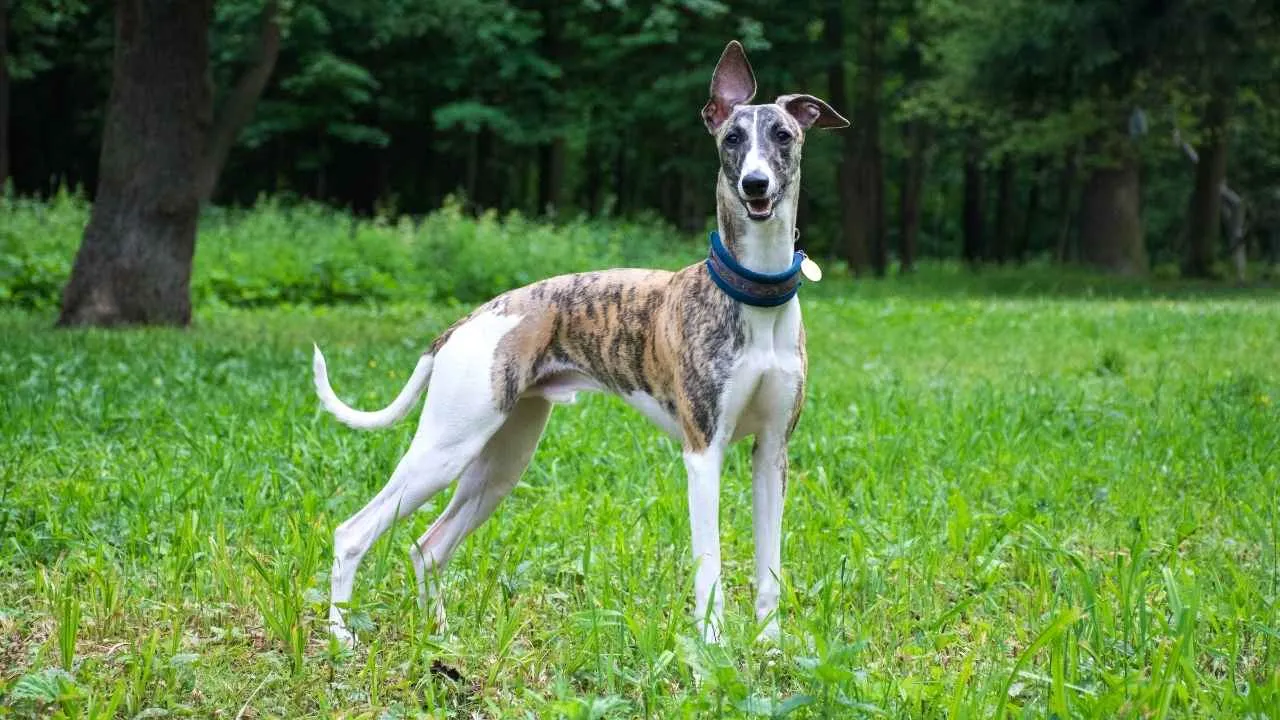
You might think Greyhounds are all speed and no snuggle, but here’s the twist: after a short sprint, they’re basically furry throw pillows. Nicknamed the “40-mph couch potato,” the Greyhound is living proof that you can be an elite athlete and incredibly lazy.
Despite their racing past, Greyhounds are gentle, quiet, and shockingly low-maintenance. They’ll give you one glorious zoomie session per day, then spend the next 22 hours draped across the furniture like a fancy scarf.
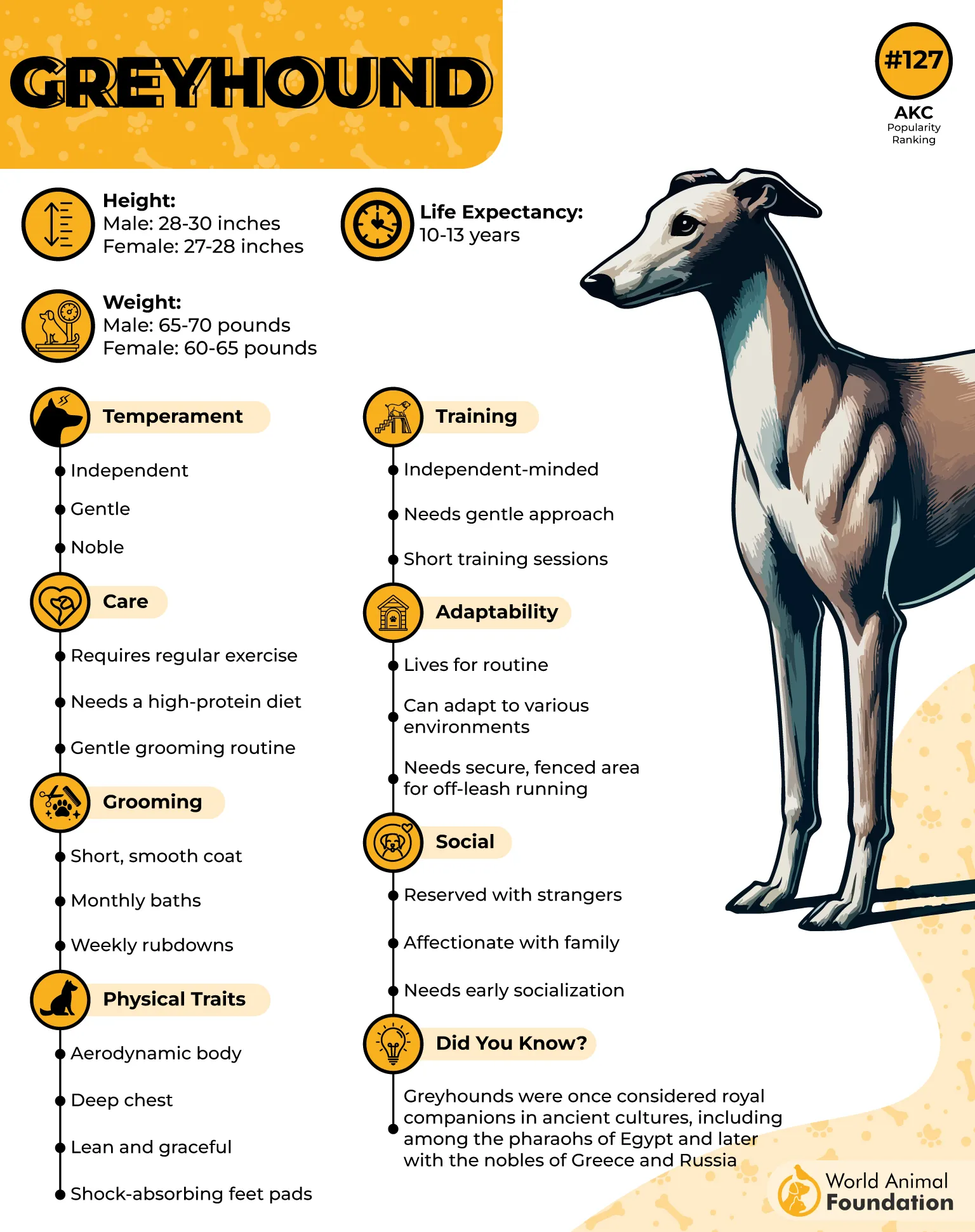
They’re polite indoors, rarely bark, and love soft blankets more than most humans. Basically, if you ever wanted a giant breed with a cat’s energy, this is your soulmate.
Thanks to retired racing programs, adopting a Greyhound can cost as little as $300–$500, often including spay/neuter and initial vet care. That’s a lot of dog for a little money, especially when you consider they often live 10–14 years with good care.
Quirky Fun Fact:
Greyhounds are missing a lot of the body fat that other dogs have, which means they get cold easily. Yes, you will become the person who buys your dog a sweater. Possibly even pajamas. And you know what? They’ll look fabulous.
7. Black and Tan Coonhound
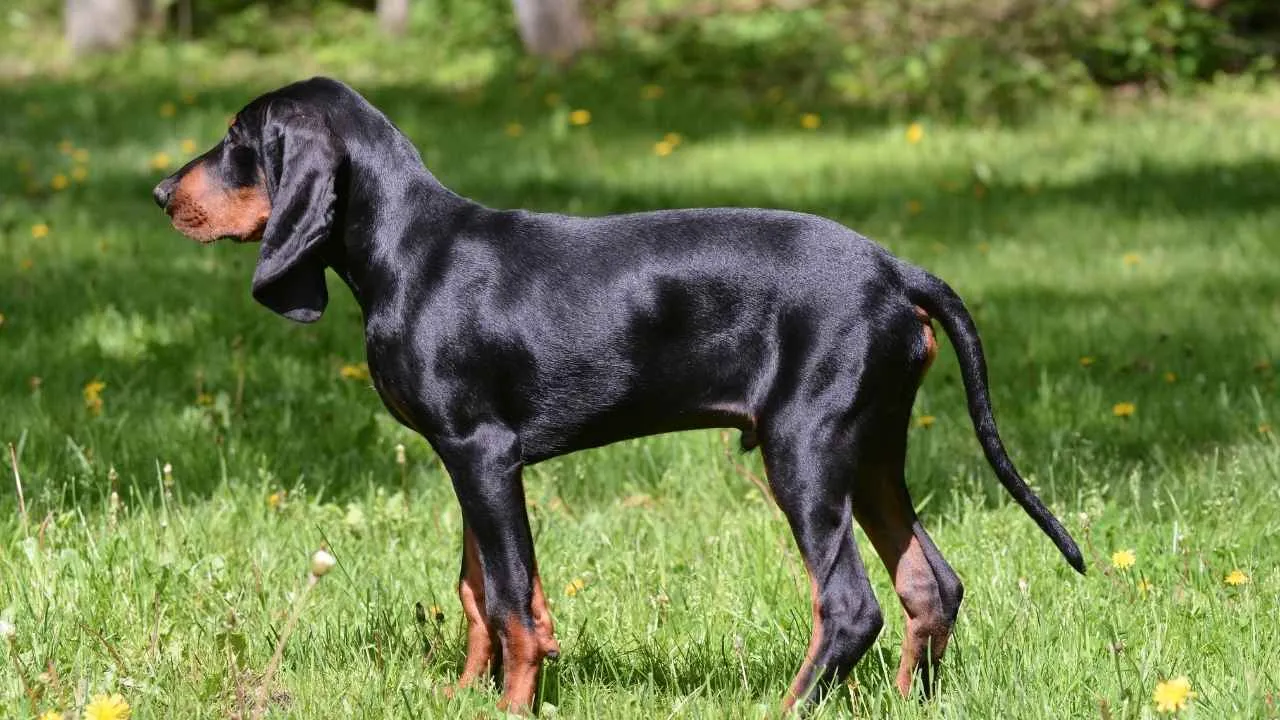
If your dream dog is a melodious howler with detective-level sniffing powers and a heart of gold, the Black and Tan Coonhound just might be your canine kindred spirit.
These droopy-eared wonders look like a bloodhound that moonlights as a jazz musician, and their soulful eyes will convince you to hand over every treat in the pantry.
These hounds are laid-back at home but determined on the trail. These affectionate dogs are tolerant with kids, and great with other dogs, as long as you’re okay with a little chorus practice now and then.
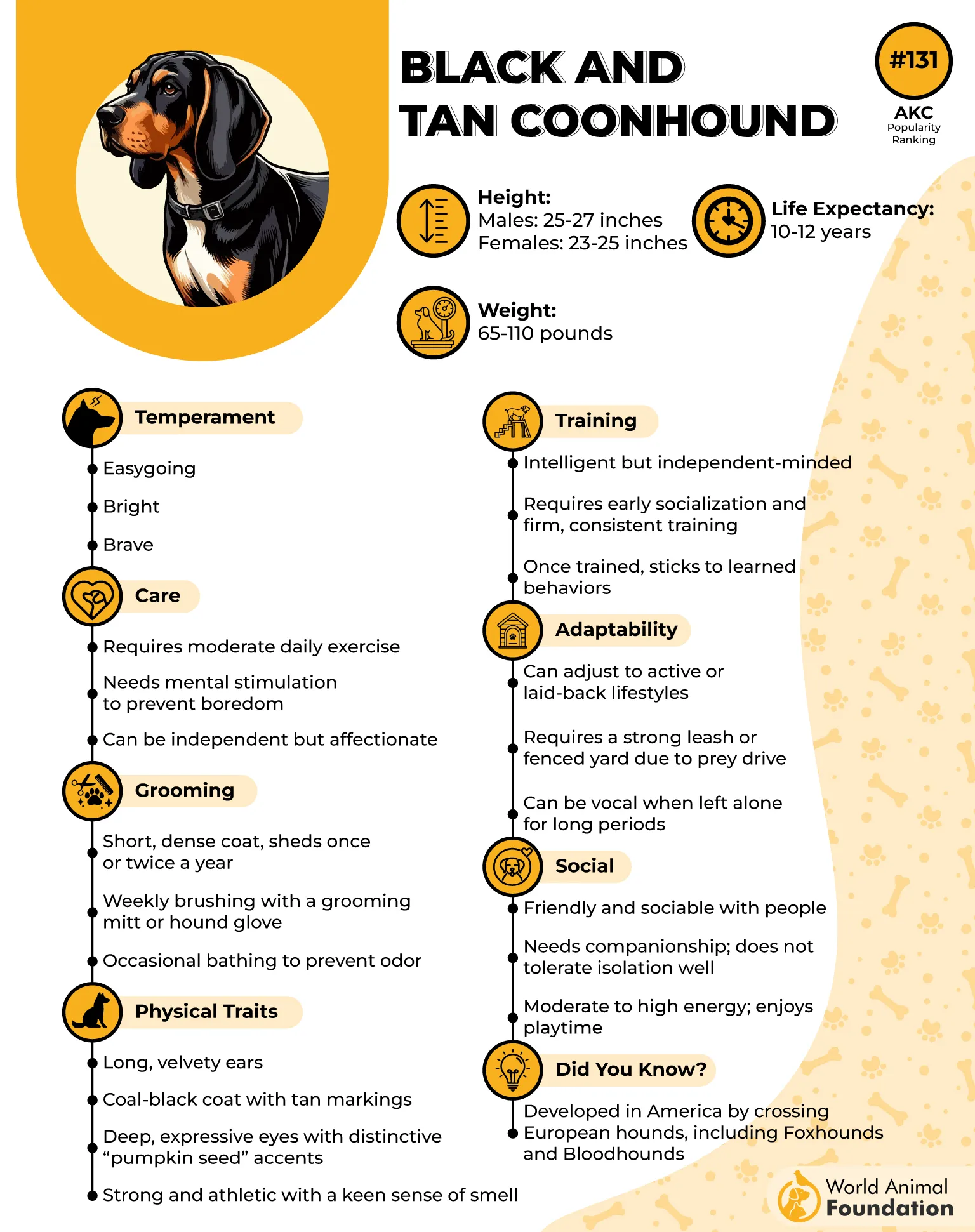
They do have that classic hound stubbornness, so training requires consistency, patience, and maybe a few bacon bribes. But once they love you, it’s loyal companionship for life.
With a typical price of $350, the Black and Tan Coonhound offers big dog energy without the big price tag. They usually live 10–12 years, and they’re surprisingly healthy overall—just watch those ears (they’re basically nature’s dust collectors).
Coonhounds don’t bark—they bellow. It’s deep, dramatic, and straight from the diaphragm. If you live in a suburban neighborhood with “quiet hours,” this might not be your best pick. But if you’ve got space—and cool neighbors—it’s music to a hound lover’s ears.
Conclusion
It’s important for dog lovers to factor in health considerations, life expectancy, and overall well-being. While small dogs like toy poodles, shih tzus, and bichon frise often top the list of longest living dog breeds, some mixed breed dogs like the Australian Cattle Dog, Jack Russell Terriers, and Pembroke Welsh Corgi can live long, healthy lives with proper diet, regular exercise, and preventive care.
For pet owners seeking healthy dog options at affordable prices, breeds such as the border collie and even Alaskan Malamute or Great Danes (though prone to health issues like hip dysplasia or heart disease) can be ideal companions with the right care.
Grooming costs, grooming requirements, and pet insurance should also be considered, especially when owning two dogs or other pets. Choosing a healthy breed suited to various living environments and capable of mental stimulation is an important factor in extending your dog’s lifespan. While smaller breeds often dominate dog shows, large and sturdy dogs can thrive with the right attention to healthy weight, overall health, and pet ownership responsibilities.


